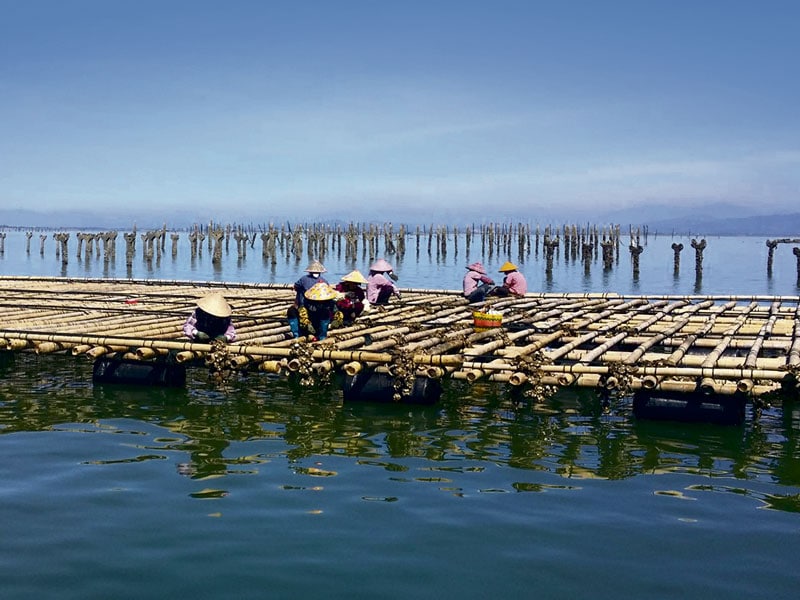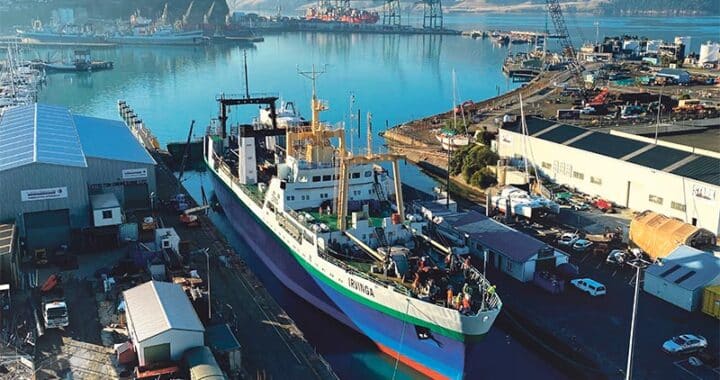Microplastics linked with heavy fishing activity
1 min read
New research has linked microplastics in China’s Beibu Gulf with heavy fishing activities, according to the American Chemical Society.
“Surprisingly, many of the particles were hidden in deep sediments on the ocean floor, which could have led scientists to underestimate the extent of the contamination.”
Fishing gear, such as nets, ropes and pots, is a potential sea-based source of microplastics. The tiny particles could be worn away from fishing gear during use, or they might arise when the gear is lost or discarded in the ocean. Researchers collected 52 sediment samples from Beibu Gulf and adjacent rivers in July 2017.
Microplastics were separated from sediment samples and counted under a microscope. Most of the particles were made of polypropylene (PP) or polyethylene (PE), which are materials widely used in fishing nets and rope.
The team found a strong correlation between the intensity of fishing activities, such as capture fishing or mariculture, and the abundance of PP and PE fibres.
“Because most previous studies have considered only microplastics in surface sediment, this type of pollution in ocean sediments worldwide could be greatly underestimated,” the researchers say.



